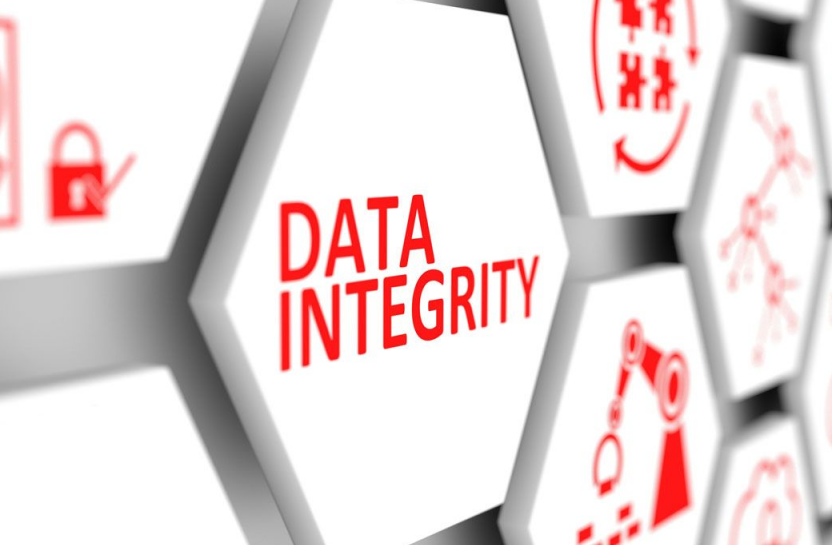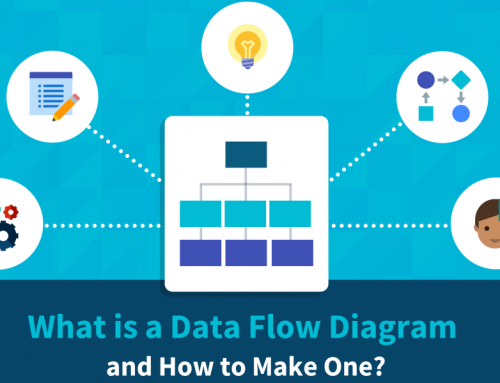Data Integrity 101
In this big data era, when more information is being processed and stored than ever before, data health and security has become a pressing issue. Therefore, it is increasingly important to implement measures to protect the integrity of the data collected. Understanding the basic principles of data integrity and how it works is the first step to ensuring data security. If you want to learn more about data integrity, read on. In this article, we’ll detail what data integrity is and why it’s so important.
What is data integrity?
The data in the database is input from the outside world, and the input of the data may be invalid or wrong information due to various reasons. Ensuring that the input data complies with regulations has become the primary concern of database systems, especially multi-user relational database systems. Data integrity is therefore raised.

What Is Data Integrity?
Data Integrity Definition:
It refers to the accuracy and reliability of data. It is proposed to prevent the existence of data that does not meet the semantic requirements in the database and to prevent invalid operations or wrong information caused by the input and output of wrong information. Data integrity is divided into four categories: entity integrity, domain integrity, referential integrity, and user-defined integrity.
Databases employ several methods to ensure data integrity, including foreign keys, constraints, rules, and triggers. The system handles the relationship of these four well, and uses different methods according to different specific situations, and uses each other to complement each other’s shortcomings.
Why is data integrity so important?
The importance of data integrity in protecting you from data loss or data breach cannot be overstated. To protect data from malicious external attacks, you must first ensure that internal users handle the data properly. By implementing proper data validation and error checking, you can be sure that sensitive data is not misclassified or stored, exposing you to potential risks.
Data Integrity Risks
A variety of factors can affect the integrity of data stored in a database. Some examples include the following:
- Human error: Data integrity is compromised when individuals enter information incorrectly, copy or delete data, fail to follow proper protocols, or make mistakes in implementing procedures designed to protect information.
- Transfer errors: A transfer error occurs when data cannot be successfully transferred from one location in the database to another. A transfer error occurs when a piece of data exists in the target table but not in the source table of the relational database.
- Bugs and viruses: Spyware, malware, and viruses are software that can break into a computer and change, delete, or steal data.
- Compromised hardware: Sudden computer or server crashes, and problems with the functionality of your computer or other equipment are examples of major failures and may indicate that your hardware has been compromised. Compromised hardware may render data incorrectly or incompletely, restrict or eliminate access to data, or make information difficult to use.
How can data integrity risks be minimized or eliminated?
Data integrity risks can easily be minimized or eliminated by doing the following:
- Restrict access and change permissions to data to limit changes to information by unauthorized parties;
- Validate data to ensure it is correct when collected and used;
- Backup data;
- Use logs to track when data is added, modified or deleted;
- Regular internal audits;
- Use error detection software;
Data Integrity of the Database
Data integrity, in its broadest definition, is a term used to describe the health and maintenance of any digital data. Many people associate this term with database management.
In databases, there are four types of data integrity:
- Entity Integrity: Databases have columns, rows and tables. The number of these elements should be as many as possible for the data to be accurate in the primary key, but not more. None of these components should be the same, nor should they be empty. For example, an employee database should have primary key data such as their name and a unique “employee number”.
- Referential Integrity: In a database, a foreign key is a second table that can reference the primary key table. Foreign keys are used to link shared or empty data. For example, employees may hold the same position or work in the same department.
- Domain Integrity: In the database, all categories and values are set, including null values, for example, N/A. A common technique for entering and reading data in a database is called domain integrity. Three decimal places are not allowed in databases containing monetary values such as dollars and cents.
- User-Defined Integrity: In addition to entity, referential, and domain integrity, there are user-created collections of data. If the employer created a column to enter employee corrective actions, the data would be classified as “user-defined”.
What is data integration?
Data integration is the process of bringing together data from different sources to provide users with a unified view. The premise of data integration is to make data more freely available and more easily consumed and processed by systems and users. Done correctly, data integration can reduce IT costs, free up resources, improve data quality, and promote innovation without requiring radical changes to existing applications or data structures. While IT organizations have always had to consolidate, the payoff for doing so has probably never been greater.
Companies with proven data integration capabilities have a significant advantage over other companies, including:
- Improve operational efficiency by reducing the need to manually transform and combine data sets;
- Improve data quality by applying business rules to automated data transformation of data;
- Develop more valuable insights through a holistic view of data that is easier to analyze;
A digital business is built around data and the algorithms that process it, extracting the most value from its information assets, anytime and anywhere across the business ecosystem. In digital business, data and related services flow unhindered and securely in the IT environment. Data integration provides a comprehensive view of all the information flowing through your organization and prepares your data for analysis.
Conclusion
Thank you for reading our article and we hope it can help you to have a better understanding of what is data integrity. If you want to learn more about it, we would like to advise you to visit Gudu SQLFlow for more information.
As one of the best data lineage tools available on the market today, Gudu SQLFlow can not only analyze SQL script files, obtain data lineage, and perform visual display, but also allow users to provide data lineage in CSV format and perform visual display. (Published by Ryan on Jun 3, 2022)
If you enjoy reading this, then, please explore our other articles below:



